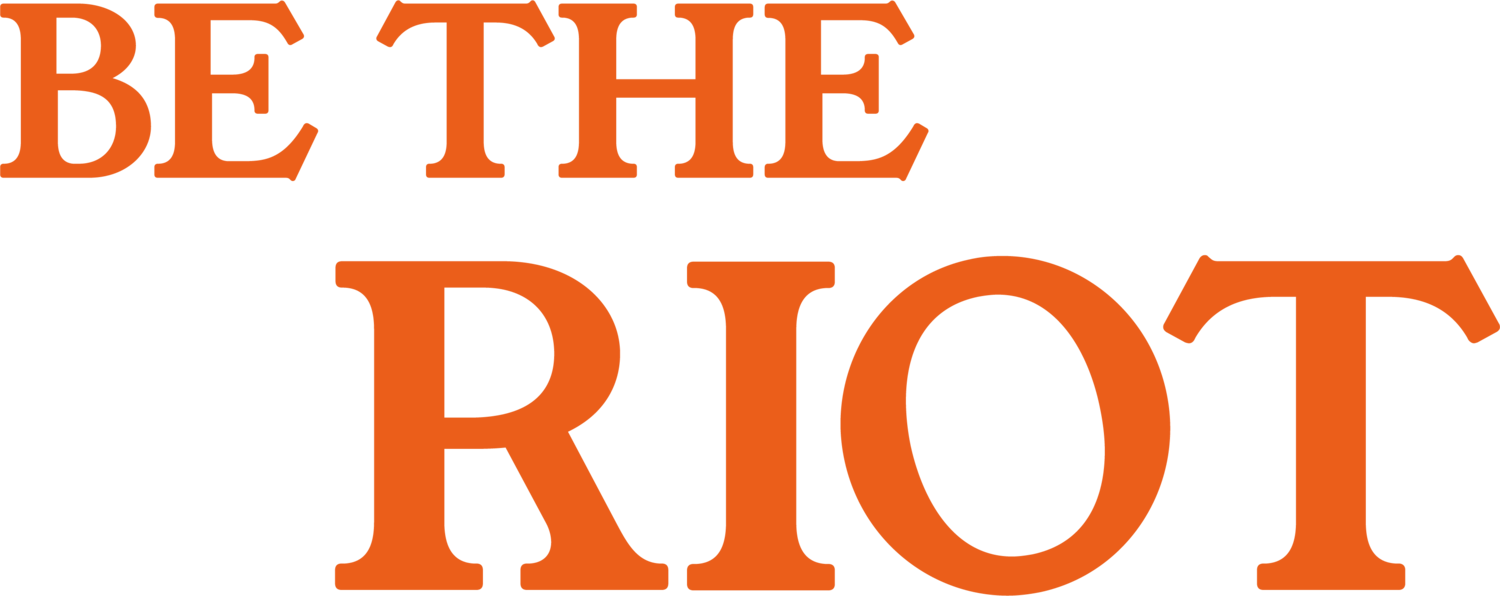Are you an inclusive leader? Let’s find out.
When you think about leaders, you imagine someone confident, adaptable, responsible. We could go on and on listing the qualities of a good leader. But what makes someone an inclusive leader?
In our learning sessions we define it as a style of leadership that is based on a set of values and behaviours that facilitate a culture of belonging and one where individuality is valued. We break inclusive leadership down into 7 key characteristics:
Let’s dive right in shall we?
Aware of Bias - Being aware of your own biases is the first step to understanding how they can present barriers to inclusion in the workplace. One way to check your biases is to take Harvard’s Implicit association tests online. They’re based on very clever science and the different tests assess gender, race and other biases. They test how quickly your brain makes positive or negative associations.
Passionate - When we speak about passion we are talking about a leader who is visibly committed to diversity, inclusion and equity. When you have a passion for something it has an impact on the people around you. This means going beyond one-off initiatives to tick a box or follow the trends. You need to communicate the importance of EDI. Try thinking about your own experience or an experience of someone close to you that relates EDI, speak openly about that as an experience and why it is a priority to you and the organisation.
Culturally Intelligent - This is a leader who develops a better understanding of different cultures and identities. Having a diverse workplace is the first step. A simple way to demonstrate cultural intelligence is seeking out and using the right inclusive language in your communications inside and outside your organisation and recognising the value of learning about cultures and identities that are different to yours. A really good way to improve the cultural intelligence in your organisation is to develop an internal EDI glossary with the most up to date and correct terminology. This will also make people feel more confident to speak about EDI topics in the workplace.
Courageous - At Be The Riot we say that passion goes hand in hand with courage. To be a leader who confidently stands up for inclusion, actively challenges things that are unfair and exclusive. Talking about the importance of inclusion means very little if your actions don't follow suit. Inclusive leaders will point out the unfairness of certain decisions e.g. hiring outside of the proper process and will speak up to not allow credit to be taken for other people’s work.
Curious - Inclusive leaders will keep learning and discovering, demonstrate a desire to develop and seek out new ideas and recognise the importance of getting feedback. One way to do this is to put an ask out for feedback, suggestions or ideas. Another way this could be done is through reverse mentoring. Reverse mentoring has often matched more senior and older colleagues with younger, junior colleagues. Reverse mentoring has evolved to comprise senior leaders being mentored by a more junior colleague who, from a diversity and inclusion perspective, is different from them in some way.
Collaborative - All leaders should aim to be as collaborative as they can in the workplace. The reason we hire employees is to get their experience, knowledge and expertise. Reaching out to employees for advice and ideas during projects and decision making will make people feel more included and valued in the workplace. Looking at why inclusion is so imperative to an organisation we talk about how different lived experiences can bring new perspectives, innovate problem solving and understandings.
Supportive - This means caring for the people that you lead and nurturing their growth. Take steps to get to know those you lead on a personal level, understand what motivates them and what matters to them most. Invite those you lead to head up stretch projects, explain clear steps to progress and offer equal training opportunities so there are no feelings of favouritism or exclusion.
So! How did you do? Where are your strengths and what section did you think to yourself: ‘yeah I’m doing that really well’. If you do have areas to develop then that’s fine! By reading this, you are heading in the right direction.
Challenge yourself, pick one of the seven characteristics to develop as part of your leadership style and start actively working towards being an inclusive leader and creating an inclusive workplace for everyone.
